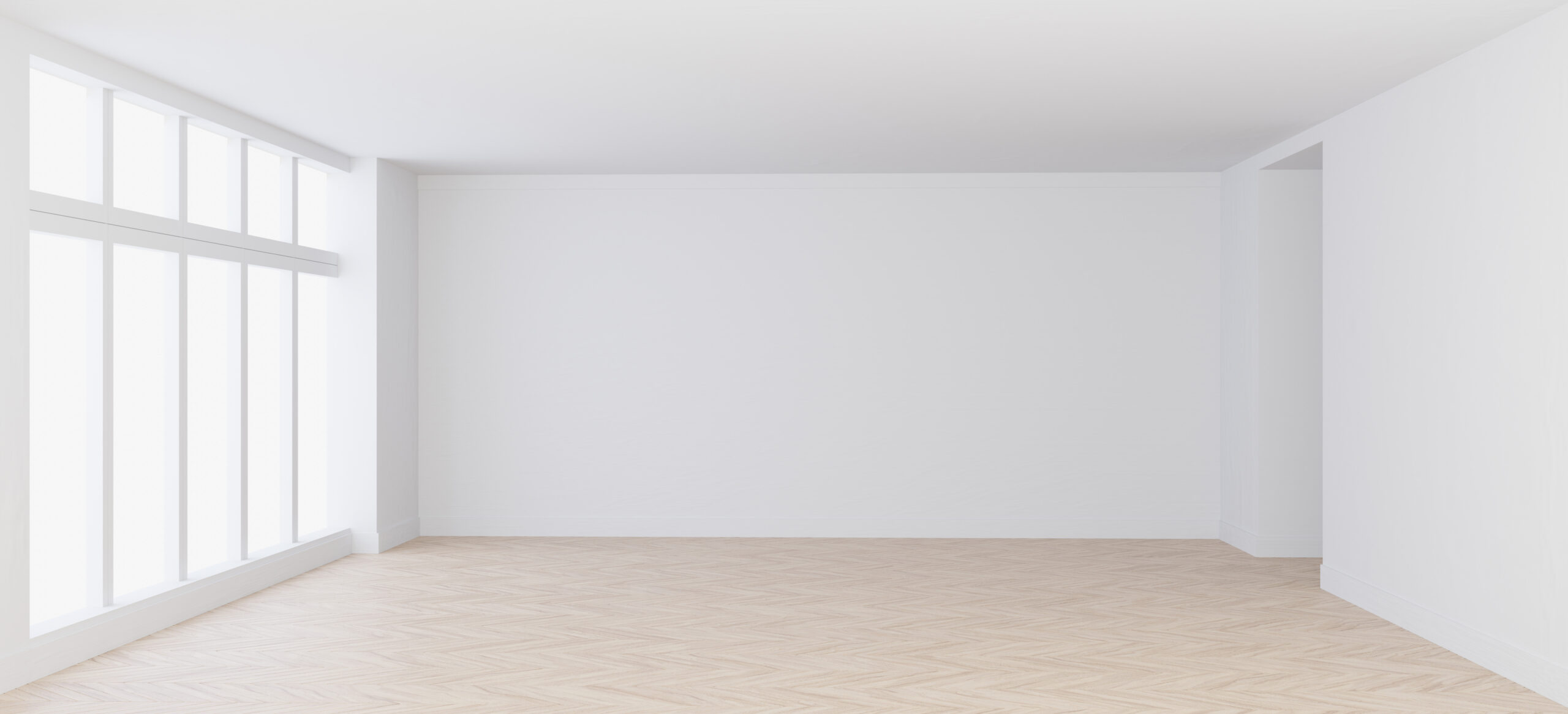Air quality has become top-of-mind due to COVID-19. More than ever, building owners are evaluating their indoor spaces and working to improve and restore confidence among building occupants. According to the CDC, as with other airborne transmissions, there is potential for the virus to spread through particles (aerosols), which can hover in the air after a person has left the area. In Las Vegas, we are paying close attention to casinos, resorts, malls, restaurants, nightclubs, and places of worship – to name a few – to ensure the safest indoor environment.
HVAC Strategies: Dilute, Exhaust, Contain, and Clean Air in Indoor Facilities
Heating, ventilation, and air conditioning systems (HVAC) play a critical role in improving indoor air quality. The American Society of Heating, Refrigerating, and Air-Conditioning Engineers (ASHRAE®) indicates that making changes to the operation of HVAC systems can reduce exposure to airborne contaminants; however, the transmission and mitigation of COVID-19 in buildings is yet to be tested and confirmed.
To help building managers evaluate air quality and navigate how to improve it, LMS offers Indoor Air Quality Assessments. The assessment identifies areas of improvement and provides concrete guidance to optimize indoor air quality, including:
- A report with actionable, strategic recommendations to improve indoor air quality
- Guidance on what systems to update or improve to address critical issues
- Options to implement recommendations and a documented list of completed results
The four critical areas of assessing indoor air quality include: dilute, exhaust, contain, and clean.
Dilute: Good ventilation ensures that plenty of fresh, outdoor air enters the building to remove stagnant air and dilute the build-up of certain indoor contaminants. In the past, the practice was to limit the intake of outdoor air to reduce operating costs. However, with new, indoor air quality priorities, building managers are urged to significantly increase the amount of fresh air they are using to ventilate and dilute the air.
- Change the setpoints on the HVAC system’s fresh air dampers that regulate the intake of outdoor air into a building. Increasing airflow from the outdoors flushes out stale, indoor air to help remove micro-biologicals, which may include certain viruses and other contaminants.
- Disable demand-controlled ventilation originally set up to reduce outdoor airflow to save energy.
Contain: Containment is the ability to control humidity levels inside a building. Controlling indoor humidity levels keeps occupants comfortable, but it can also reduce the uptake and impact of certain viruses.
- Incorporate humidity sensors to maintain humidity levels between 40% and 60% relative humidity (RH).
- If humidity levels drop below 40% relative humidity, seek the input of an HVAC expert to determine how to raise the humidity without generating condensation within the building.
Clean: Cleaning air reduces particles, odors, and microorganisms, and micro-biologicals such as mold, bacteria, and certain viruses. Air cleaning is advantageous to maintain an optimal environment for visitors, but now it’s even more critical.
There are a variety of different air cleaning technologies ranging from Ultraviolet Germicidal Irradiation (UVGI) to photocatalytic oxidation. However, the quickest and most cost-effective way to enhance air cleaning is by upgrading HVAC filters to ones that more aggressively capture certain microbiological particles.
- Upgrade filters to ones with high MERV ratings. The Minimum Efficiency Reporting Value (MERV) range spans eight to 16. The rating system created by ASHRAE indicates how effectively the filter captures contaminants based on contaminate size. The higher the MERV number, the smaller and finer the particles it can potentially capture. ASHRAE recommends building managers use filters rated MERV13 and above.
- The most effective filters are High Efficiency Particulate Air (HEPA) filters to reduce both larger micro-biologicals and those that adhere to aerosols and small particulates.
- Consider a long-term air cleaning solution. For example, the Trane Catalytic Air Cleaning System (TCACS) neutralizes and significantly reduces certain contaminants in the air using an advanced photocatalytic oxidation process.
Exhaust: Expelling exhaust air from a building is also important, especially in small, closed-off rooms such as bathrooms and kitchens that use exhaust fans to facilitate airflow. Run exhaust fans 24/7 to increase airflow in these spaces.
